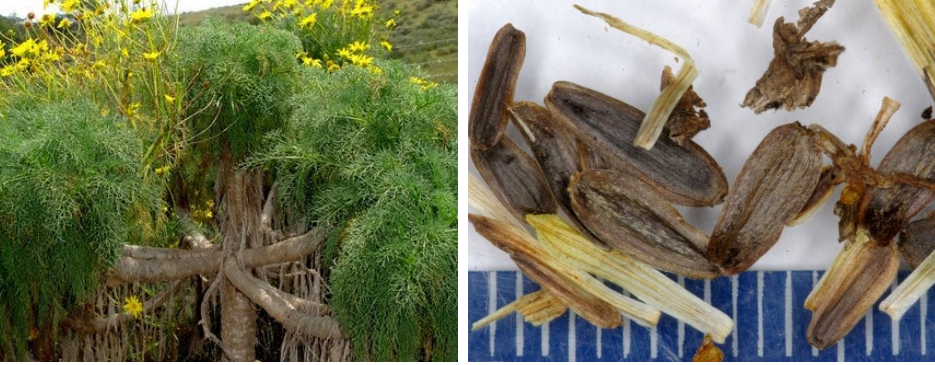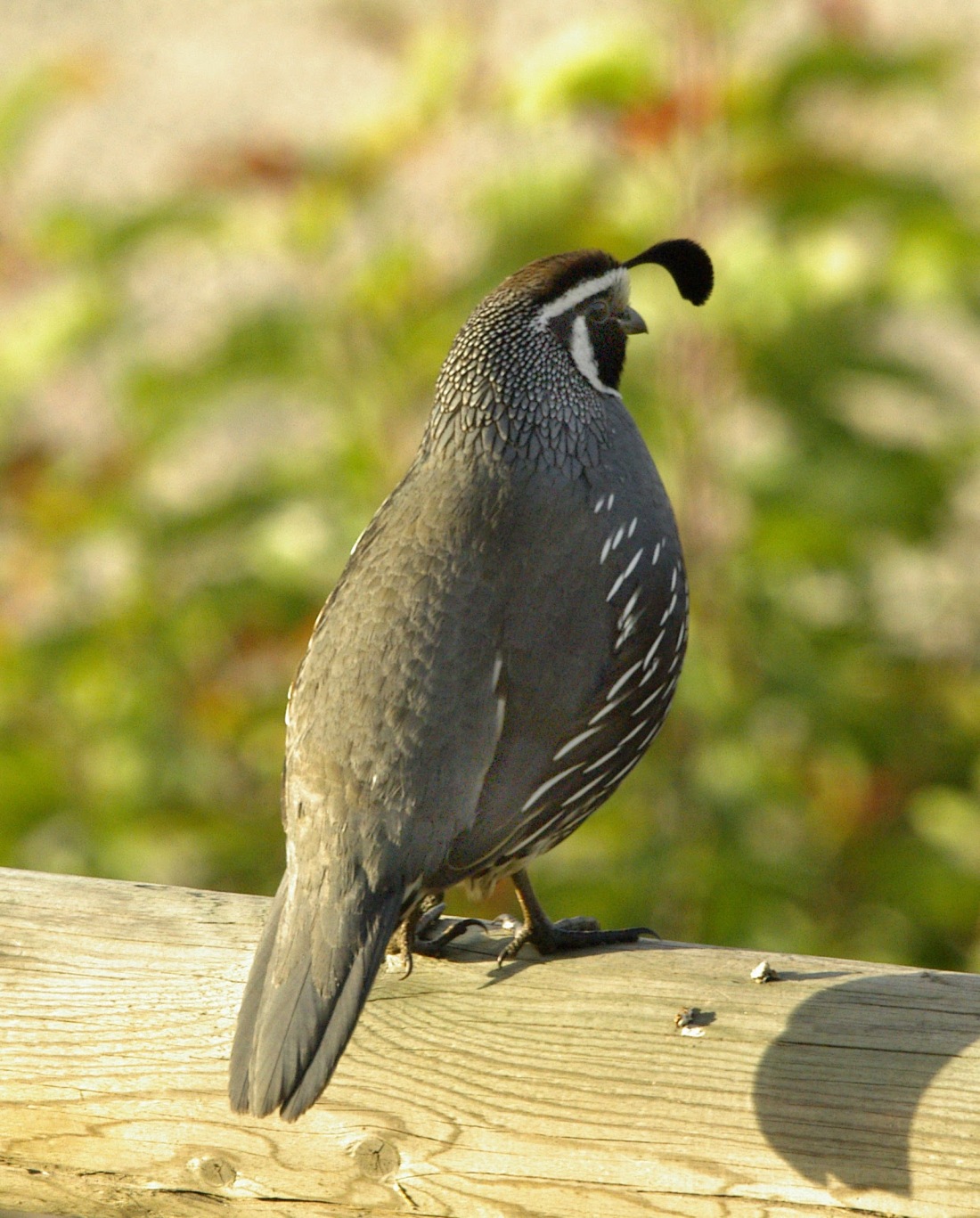by Carlos de la Rosa
* * *
Walking around Catalina’s interior these last few weeks has been a hugely enjoyable trip into the world of flowers, insects, pollination, and life in a Mediterranean climate island. There are millions of flowers popping out of the ground. Some trees, such as the fragrant feltleaf ceanothus (Ceanothus arboreus), one of three species of Ceanothus on the Island, buzz with insects visiting the tiny flowers that bloom in large bunches that cover the entire tree. Their sweet scent is intoxicating to bees and humans. Insects also visit the spectacular big yellow flowers of the giant coreopsis (Leptosyne gigantea) and the stunning pink blooms of the Santa Catalina Island bush mallow (Malacothamnus fasciculatus var. catalinensis). It is all part of a great circle of life, where plants and insects collaborate in their endless quest to reproduce, obtain food, and build the next generation.
Flowers spread their genes (encased in those minute, dust-like particles produced by the flower’s male parts and called pollen) through various means. The white and purple Island shooting stars (Primula clevelandii var. insularis), for example, produce pollen that needs the buzzing of insects, particularly bumblebees, to be released. The bees literally shake up the flowers with their buzzing wings, and this releases the pollen. This pollen then gets attached to the insects or flies into the wind, eventually finding its way to the stigma or female parts of other flowers, closing the circle of fertilization. These flowers also have interesting structures and colors, which are clearly attractive to insects.
The colors of flowers are actually more vibrant than what our human eyes can see. Many insects, for example, can see into the infrared area of the light spectrum. In this range, other colors and patterns on the flowers appear, which guide the insects towards the center of the flowers where they can find their rewards (nectar and pollen). Some flowers are also shaped in such a way that they can reflect the heat from the sun towards the center of the flower, like a parabolic shape, or sonar or satellite dish shape. Some insects hide inside flowers that close at night, taking advantage of this warm shelter.
But here is where the story gets really weird. What if some flowers could actually “hear” or sense the sounds made by the beating wings of insects and increase their nectar production to attract more insects? Yeah, this sounds incredible, I know. But in recently published research this is precisely what is happening. Researchers from the University of Tel Aviv, in Israel, have documented the phenomenon on one species of plant whose flowers seem to be able to detect the sound of insects and increase their nectar production within minutes. Doing experiments with the beach evening primrose (Oenothera drummondii), which grows wild in the southeastern United States, they documented the yellow parabolic-shaped flowers responding to the sound frequencies and recordings of bee wings berating to produce some 20% more nectar than when exposed to other wavelengths of sound. The parabolic shape of some flowers has also been documented in the rainforests, where some flowers use this shape to attract pollinating bats by reflecting back the ultrasounds produced by the bats as they hunt and look for nectar.
Looking around at the Island’s flora, we can see many species that have shapes similar to those shown by the primrose. And many insects including bees, bumblebees, flies of all sizes and colors, wasps, butterflies and moths, beetles, and more, visit them throughout the summer. Could any of the flowers can also “hear” and reward their pollinators? Looks to me like a fertile area of new research!
In a future article, we’ll talk about the importance of insects to the health of both, natural and man-made (agricultural) ecosystems. No matter how annoying people may find them, without insects—bees in particular—our agricultural systems would literally collapse, and the natural splendor of a wildflower show like the one we are witnessing this year on the hills of our beloved Island would come to an end. Our lives are made more precious because of all these creatures, great and small. Learning about fascinating and astounding features such as the ones being discovered right now only makes us appreciate more the value that nature and wilderness have in our lives.
* * *
Want to learn more about this phenomenon?
Check out the links below!
The original article on the subject of plant responses to pollinator sound can be found and downloaded at this link: https://www.biorxiv.org/content/10.1101/507319v1
And here is an article on the subject in Spanish. Y aquí un artículo sobre el tema een español: aquí

 They are all over Avalon. Actually, they are all over the Island! Giant mosquito-like creatures, flying clumsily into our houses, bouncing against the ceiling, gathering around the lights, landing on our carts. They look like the great-white-sharks of mosquitoes, gigantic, scary-looking. People call them “mosquito-eaters” so they can’t be all bad, can they?
They are all over Avalon. Actually, they are all over the Island! Giant mosquito-like creatures, flying clumsily into our houses, bouncing against the ceiling, gathering around the lights, landing on our carts. They look like the great-white-sharks of mosquitoes, gigantic, scary-looking. People call them “mosquito-eaters” so they can’t be all bad, can they?























